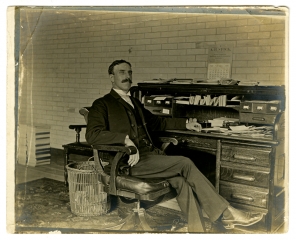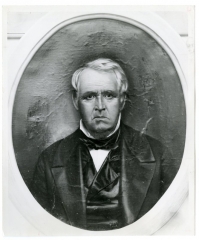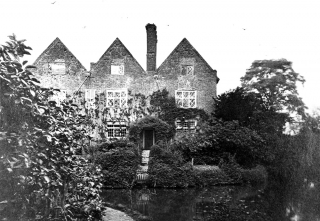Economics Department which had been located there since 1962. A French study group at the University of Dijon also was instituted by the Department of Romance Languages in 1966. The Argentina study program had been formally terminated in 1964.
While the faculty was taking final action on curriculum and calendar revision, the Trustees, at President Barnett’s suggestion, established a Long-Range Planning Committee to examine the basic purposes of the University and set up ways and means for meeting them. It was composed of faculty, administrators, and Trustees-several being also alumni. It held the first of its periodical meetings in September, 1963, and was put on a continuing basis in 1965.
Hardly had the committee begun its work when the Ford Foundation invited Colgate to apply for a special grant. To qualify for consideration the University had to submit a ten-year projection specifying goals and how they might be reached; in preparing the document the President and his associates drew heavily on the work of the committee. On the basis of this presentation the Foundation awarded Colgate $2,200,000 contingent on raising matching funds of $6,600,000 over a three-year period ending in June 1967. Following notification of the grant, the Trustees adopted a set of financial objectives embodying long-range needs which were incorporated into a specific campaign goal of $23,000,000 to be reached by the 150th anniversary of Colgate’s founding, in 1969. By the end of December, 1966, more than six months prior to the deadline for the Ford Grant, over $6,800,000 had been received as against the required $6,600,000. Toward meeting the over-all goal of $23,000,000 approximately $21,-290,000 had been received by the fall of 1968. Included among the gifts were endowed professorships in literature and American institutions from Mrs. Olive B. O’Connor and in international relations from Mrs. Evelyn Picker. The Sloan Foundation gave $400,000 to strengthen the science program in such ways as addition of new faculty, technical assistance, Sloan Research Fellowships, travel, and acquisition of new equipment. The Charles A. Dana Foundation made a grant of $250, 000 to be added to endowment and which, when matched with a like amount from the University, would constitute a fund of $500,000 the income from which was to be used for four “supported professorships”; i.e., the income would permit a differential above the average salary levels for professors chosen by the University. The Dana Foundation










